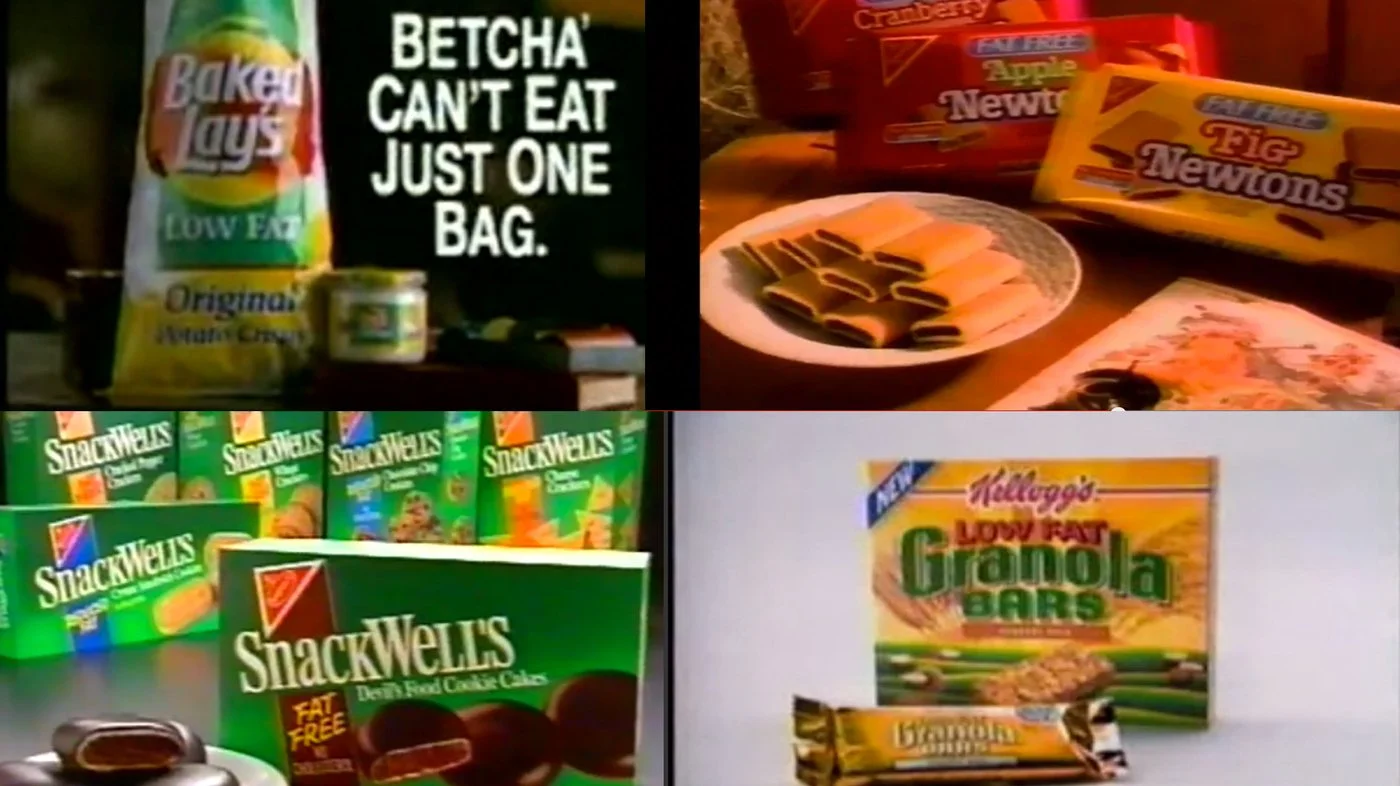Fat - Part 1
Why is fat so darn glorious?!?!
This part is an excerpt from my book Undieting
Why Fat Was Vilified in the 1980s
In the late 1970s and early 1980s, the experts said people should reduce fat in their diets for weight loss because fat is more calorie-dense than protein and carbs. Fat has 9 calories per gram versus protein and carbohydrates, which have 4 calories per gram. The thought was that reducing dietary fat would mean eating fewer calories. And, if you eat fewer calories, then you’ll lose weight, right?
Unfortunately, no. The U.S. and Canadian governments announced low-fat recommendations in 1977, and the UK and Australian governments followed suit in 1980. Since that time, there’s been a staggering increase in obesity and heart disease in those countries.
But how could this be? How could people have gained weight when they were eating less fat? The simple answer is this: Fat is satiating.
Fat has been such an important part of human evolution that your body only feels full once it’s had enough fat. Early on, human beings developed large, fatty brains that needed a steady supply of dietary fat, and humans’ bodies still need fat to power their brains.
Fat in the stomach sends a signal to the brain as a signal of satiety, and studies have found that people eat more calories when they’re on a low-fat diet because the brain isn’t getting the signal it needs. Fat also slows down the digestion of simple sugars, which keeps your blood sugar down and helps you stay full for a lot longer.
Fat is currently making a major comeback. The low-fat 1980s are long gone, and in the last few years, there’s been a huge surge in high-fat fad diets.
Despite years of “fat is good” media attention, in my experience, I find that most folks are still low-fat eaters. Over the years I’ve been in practice, I’ve found that fat is still the main macronutrient people are deficient in (although carbs are definitely catching up right now).
This deficiency isn’t surprising, though. The low-fat diet craze lasted almost two decades! That was enough time for most people to forget to pay attention to fat. Although you may not actively shun it, you’re probably not actively adding it either, as you might with protein.
The low-fat craze also sparked the use of many problematic highly processed fats like margarine, trans fat, and refined vegetable oils. Trans fat has now taken its rightful place as a villainous fat, but highly processed fats and oils, like vegetable oil and highly refined canola oil, still have a golden halo.
Fat Is a Carrier
Let me tell you a little-known fact about healthy eating: Adding butter, coconut oil, or a healthy oil to your veggies is a good thing. Your salad needs an oil-and-vinegar dressing, and your sweet potatoes could use some butter.
Fat is a carrier for critical nutrients. Vitamins A, D, E, and K are fat-soluble, which means they need fat to be digested and absorbed. Some foods also include fat-soluble phytonutrients and antioxidants like lycopene and beta carotene. Beta
carotene, otherwise known as pro-vitamin A, needs fat to be absorbed and converted into vitamin A. So, your lycopene-rich tomatoes need a boost from some extra-virgin olive oil, and your beta carotene–rich carrots, squash, and sweet potatoes are crying out for a bit of organic butter to help your body make use of the antioxidants.
Fat Is So Important in the Body
Your body uses dietary fats in so many ways that there’s rarely any excess to be stored or even burned as energy. For example, your body uses fat to manufacture hormones and create cell membranes, and it’s a major part of your brain and nervous system. Your brain is 60 percent fat!
Dietary fat very rarely becomes fat in your body; it’s (almost) physiologically impossible. You store the energy from dietary fat only after your body has used it for all of its functions in the body, like making cell walls, hormones, brain tissue, prostaglandins,
neurotransmitters, and aiding in the absorption and of those vitamins I talked about earlier. After all this, your body burns fat as fuel only after it has used all of the glucose.
If the high-fat diet craze has taught people anything, it’s that you can consume large amounts of fat and still lose weight. So, please add more healthy fat into your diet, and don’t worry; you won’t be adding any extra padding around your middle.
Now that you have an idea about how glorious fat really is, let’s dive into a short chemistry lesson on the different types of fat ❤️
Got any questions or comments? Comment below, jump to our private Facebook Group, or the Ask Lisa page :).


